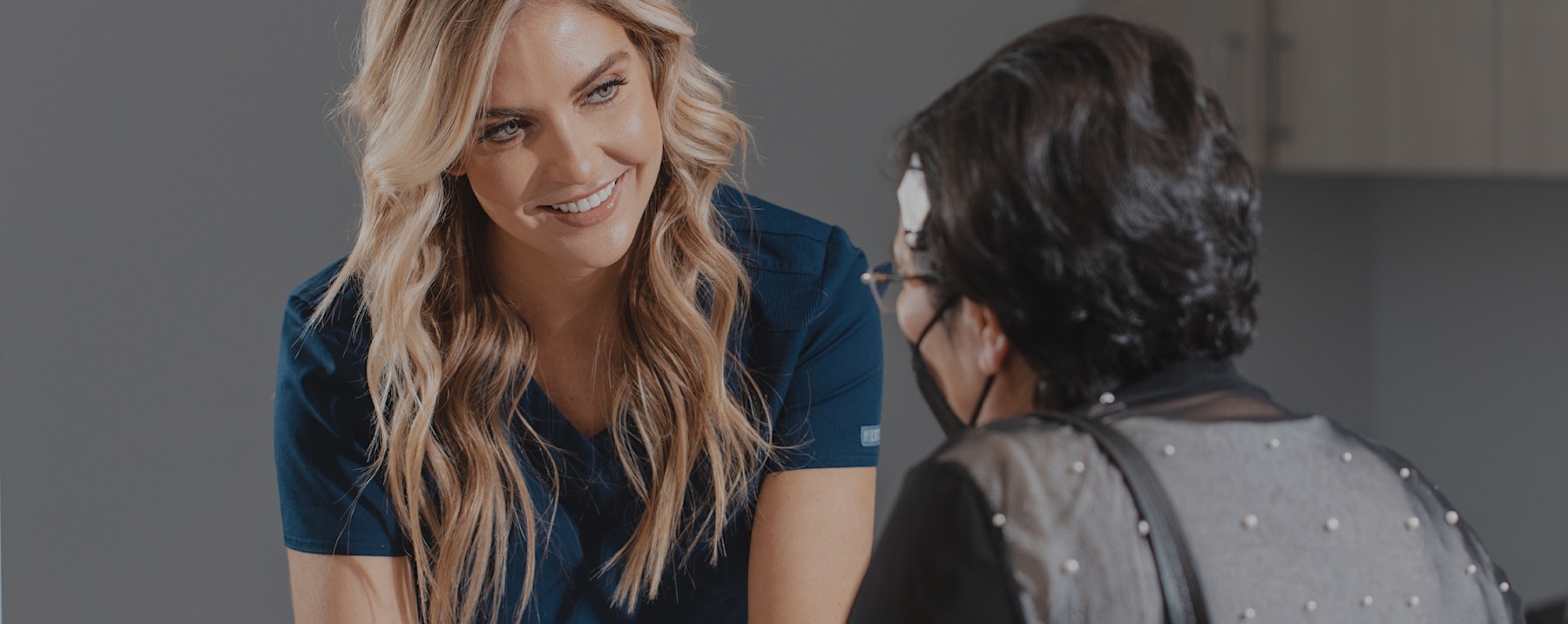
Pilonidal cyst vs abscess: they are similar wounds treated by Wound Evolution, but they do have noticeable differences.
What Is an Abscess?
An abscess is a buildup of pus forming nearly anywhere in or on your body. They can occur:
- On your skin
- In your mouth
- Around your organs
When you get an infection, your body's immune system tries to fight it by sending white blood cells to the infected area, building up within the damaged tissue. This buildup causes inflammation, creating a pocket filled with pus which becomes an abscess.
Pus contains:
- Living and dead white blood cells
- Germs
- Fluid
- Dead tissue
There are many different types of abscesses, such as pilonidal cysts.
What Is a Pilonidal Cyst?
Pilonidal cysts are round, swollen abscesses at the bottom of the tailbone, just above the cleft of the buttocks. These cysts form when hair punctures your skin and then becomes embedded. When the cyst becomes infected, it produces a painful abscess.
While anyone can develop a pilonidal cyst, they’re prevalent in:
- Young men
- People who sit for prolonged periods, such as pilots and truck and bus drivers
- People with excessive body hair
- More sedentary lifestyles
In many cases, pilonidal cysts can become recurring.
What Is the Difference Between a Cyst and an Abscess?
A cyst is a sac surrounded by specific abnormal cells, while an abscess is a pus-filled infection caused by bacteria or fungi. Additionally, pilonidal cysts and abscesses have different symptoms. While a cyst grows slowly and isn’t painful until it becomes enlarged, an abscess is generally painful and can quickly spread.
In the early stages, pilonidal cysts present few symptoms. If the embedded hair becomes infected, symptoms can include:
- Localized pain
- Red or irritated skin
- A foul smell
- A warm sensation
- As the pilonidal cyst grows, you might also notice pus or blood draining from an opening in your skin
Alternatively, signs of a skin abscess can include the following:
- Smooth swelling under your skin
- Pain and tenderness
- Warmth and redness
- A visible build-up of white or yellow pus under the skin
- High temperature
- Chills
When an already-formed cyst becomes infected, it becomes an abscess; however, an abscess does not always begin as a cyst because it can form on its own.
How Are Pilonidal Cysts and Abscesses Treated?
Treating pilonidal cysts involves a quick, in-office procedure. Your Wound Evolution provider numbs the area around your cyst with a local anesthetic before making a small incision to drain it. If pilonidal cysts recur, a more extensive surgical procedure may be necessary.
Wound Evolution might recommend hyperbaric oxygen therapy or topical treatment with bioengineered skin grafts to encourage cyst healing. For the best results:
- Follow your provider’s instructions
- Change your dressings regularly
- Take any medications as prescribed
Abscesses are painful infections requiring treatment to avoid spreading the disease to other parts of your body. Treatment is also necessary to reduce pain. Locating the abscess to remove it may include:
- Blood testing
- X-ray
- CT scan
- MRI scan
Once the abscess is located, it is surgically opened and drained. Abscesses also require oral antibiotics to treat and prevent further infection.
Why Choose Wound Evolution for Pilonidal Cyst and Abscess Treatment?
Some cysts are small and show no symptoms, so you may not even be aware of them. But cysts can grow larger and become an abscess, an acute infection requiring immediate medical attention.
If pilonidal cysts or abscesses negatively affect your quality of life or if you're uncertain whether you're dealing with a pilonidal cyst vs. an abscess, schedule an appointment at Wound Evolution - Wound Care and Hyperbaric Medicine. Our specialists are highly trained to treat your concerns with the latest in cutting-edge wound care. Call one of our convenient office locations or book your appointment online today.

